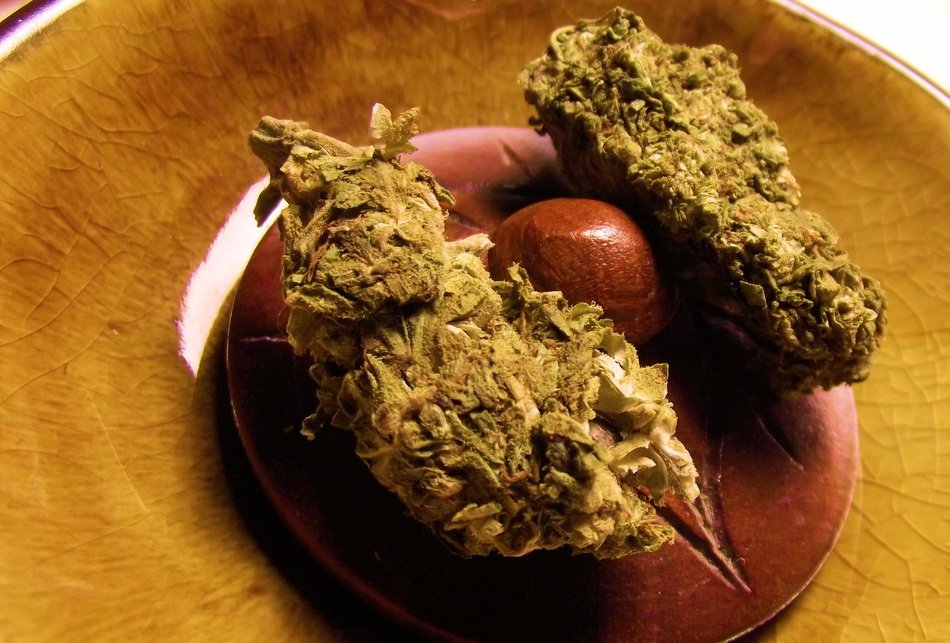From Seed to Relief: The Journey of Medical Marijuana
From Seed to Relief: The Journey of Medical Marijuana
Blog Article

The landscape of healthcare has seen a significant transformation in recent years, particularly with the emergence and acceptance of medical marijuana. Once stigmatized and misunderstood, it is now recognized by many as a vital therapeutic option for various medical conditions. As research continues to unveil its benefits and healing potential, more patients are turning to this natural remedy in search of relief from chronic pain, anxiety, epilepsy, and other health challenges.
Understanding the journey of medical marijuana, from its cultivation as a simple seed to its refined use in patient care, is essential for grasping its impact on modern medicine. With advancements in agricultural practices and a growing body of evidence supporting its effectiveness, medical marijuana is becoming more accessible to those in need. This journey not only involves the plant itself but also the stories of countless individuals who have found hope and healing through its use.
Cultivation of Medical Marijuana
The cultivation of medical marijuana begins with selecting the right strain, which is crucial to meet specific patient needs. Many strains have unique chemical profiles, predominantly varying levels of cannabinoids such as THC and CBD. Growers must consider these profiles as they directly influence the plant's therapeutic effects. This selection process is often guided by ongoing research into the benefits and risks associated with different strains.
Once the strain is chosen, growers prepare the cultivation environment, which can vary from indoor setups using controlled climate technology to outdoor fields benefiting from natural sunlight. Each method presents its own challenges and advantages. Indoor cultivation allows for precise control over temperature, humidity, and light, while outdoor cultivation can yield larger plants and a more natural growing process. Whichever method is chosen, maintaining optimal conditions throughout the growth cycle is essential for producing high-quality medical marijuana.
Harvesting typically occurs when the plants reach their peak potency, usually measured by the trichome development on the buds. After careful cutting and handling, the drying and curing process begins, allowing the flowers to develop their full flavor and efficacy. Proper harvesting and processing are vital to preserving the therapeutic compounds within the plant, ensuring that patients receive the relief they seek when using medical marijuana.
Cannabinoids and Their Effects
Cannabinoids are the active compounds found in medical marijuana that interact with the body's endocannabinoid system. This system plays a crucial role in regulating a wide range of physiological processes, including pain sensation, mood, appetite, and memory. The most well-known cannabinoids are tetrahydrocannabinol (THC) and cannabidiol (CBD), each having unique effects on the body and mind. THC is primarily responsible for the psychoactive effects associated with marijuana consumption, often leading to feelings of euphoria, relaxation, or altered perception. In contrast, CBD does not produce a "high" and is known for its therapeutic properties, helping to alleviate anxiety, inflammation, and seizures.
The effects of cannabinoids can vary significantly between individuals based on factors such as body chemistry, dosage, and method of consumption. Some patients may find THC helpful for managing pain and boosting appetite, particularly in cases of cancer or HIV/AIDS where weight loss is a concern. Others may prefer CBD for its non-psychoactive benefits, making it suitable for those seeking relief from inflammatory conditions or chronic pain without the intoxicating effects of THC. Understanding these differences allows patients to choose the right strain or product that best meets their needs.
Research into cannabinoids continues to reveal promising therapeutic potential beyond just pain relief. Emerging studies suggest that cannabinoids may play a role in treating various conditions, including epilepsy, anxiety disorders, and even certain neurological diseases. As the medical community gains more insight into these compounds, the use of medical marijuana is becoming increasingly accepted as a legitimate and effective treatment option, paving the way for more comprehensive patient care and improved quality of life.
Licensed Medical Marijuana Physicians WV
Legal Landscape and Patient Access
The legal landscape surrounding medical marijuana varies widely across different regions. In some countries and states, it is fully legalized for medical use, allowing patients to access it with a prescription from a qualified healthcare provider. However, in others, medical marijuana remains restricted or prohibited, creating significant barriers for those seeking relief from chronic pain, anxiety, or other medical conditions. As advocacy and scientific research continue to highlight its potential benefits, many jurisdictions are re-evaluating their laws to improve patient access.
In areas where medical marijuana is legal, the process for patients to obtain it may still be complex. Patients often need to navigate a series of steps, including obtaining a recommendation from a physician, applying for a medical marijuana card, and finding a licensed dispensary. This process can be overwhelming, particularly for individuals who are already dealing with health challenges. Advocacy groups are working to streamline these processes, ensuring that patients can easily access the treatment they need without undue delays or complications.
Despite progress, there are still significant disparities in access to medical marijuana based on socioeconomic status, geographic location, and education. Urban areas may have more dispensaries and resources, while rural areas often face shortages. Additionally, the stigma surrounding marijuana use can deter some patients from pursuing recommended treatments. Addressing these disparities is crucial for ensuring that all patients have equitable access to medical marijuana and can benefit from its therapeutic properties.
Report this page